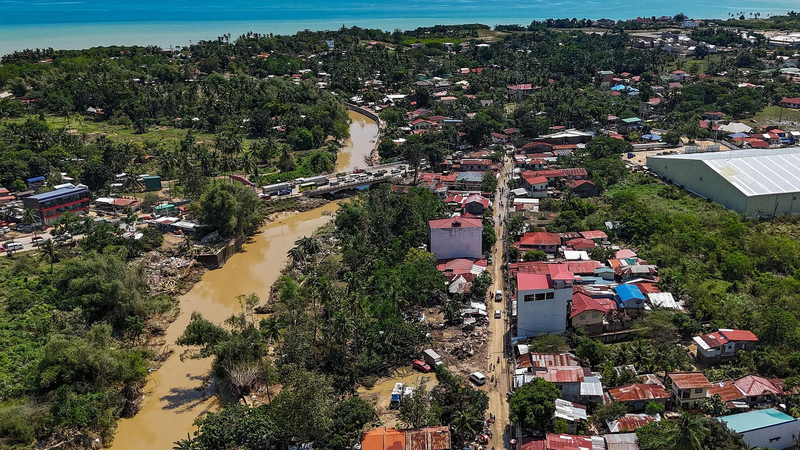Typhoon Kalmaegi, the 20th storm to hit the Philippines this year, swept across the archipelago in the early hours of Thursday, leaving communities reeling from its devastating impact.
With at least 140 lives lost and 127 people still unaccounted for, President Ferdinand Romualdez Marcos announced the declaration of a state of national calamity. This move, based on a proposal from the National Disaster Risk Reduction and Management Council (NDRRMC), unlocks emergency funds and streamlines relief operations as villages and towns begin to recover.
According to the NDRRMC, Kalmaegi affected over 500,000 families—more than 1.9 million residents—disrupting power, transportation, and basic services across multiple provinces. Local officials have mobilized quick-response teams and navigated damaged roads to deliver aid to hard-hit areas.
As Kalmaegi finally moves out to sea, the nation’s eyes are already on the next threat: Typhoon Uwan (international name Fung-wong), which could intensify into a super typhoon by the weekend. Communities are bracing once more, monitoring weather updates and preparing evacuation centers.
In the face of back-to-back storms, Filipino resilience shines through. Neighbors share resources, volunteers coordinate relief efforts, and local businesses step in to support families in need. Yet the scale of the challenge underscores the urgent need for robust disaster planning and climate adaptation strategies.
Reference(s):
Philippines declares state of calamity due to Typhoon Kalmaegi
cgtn.com




